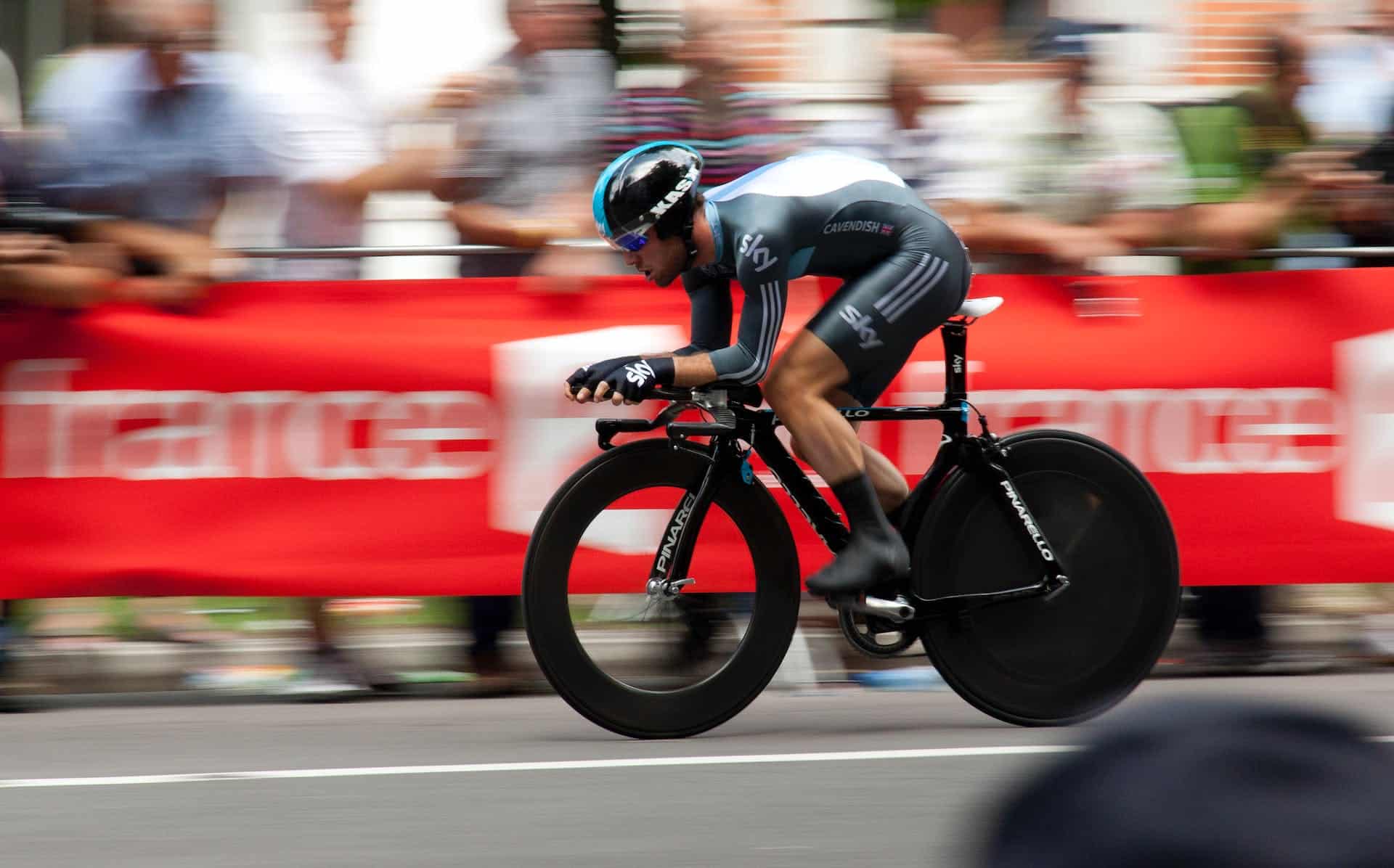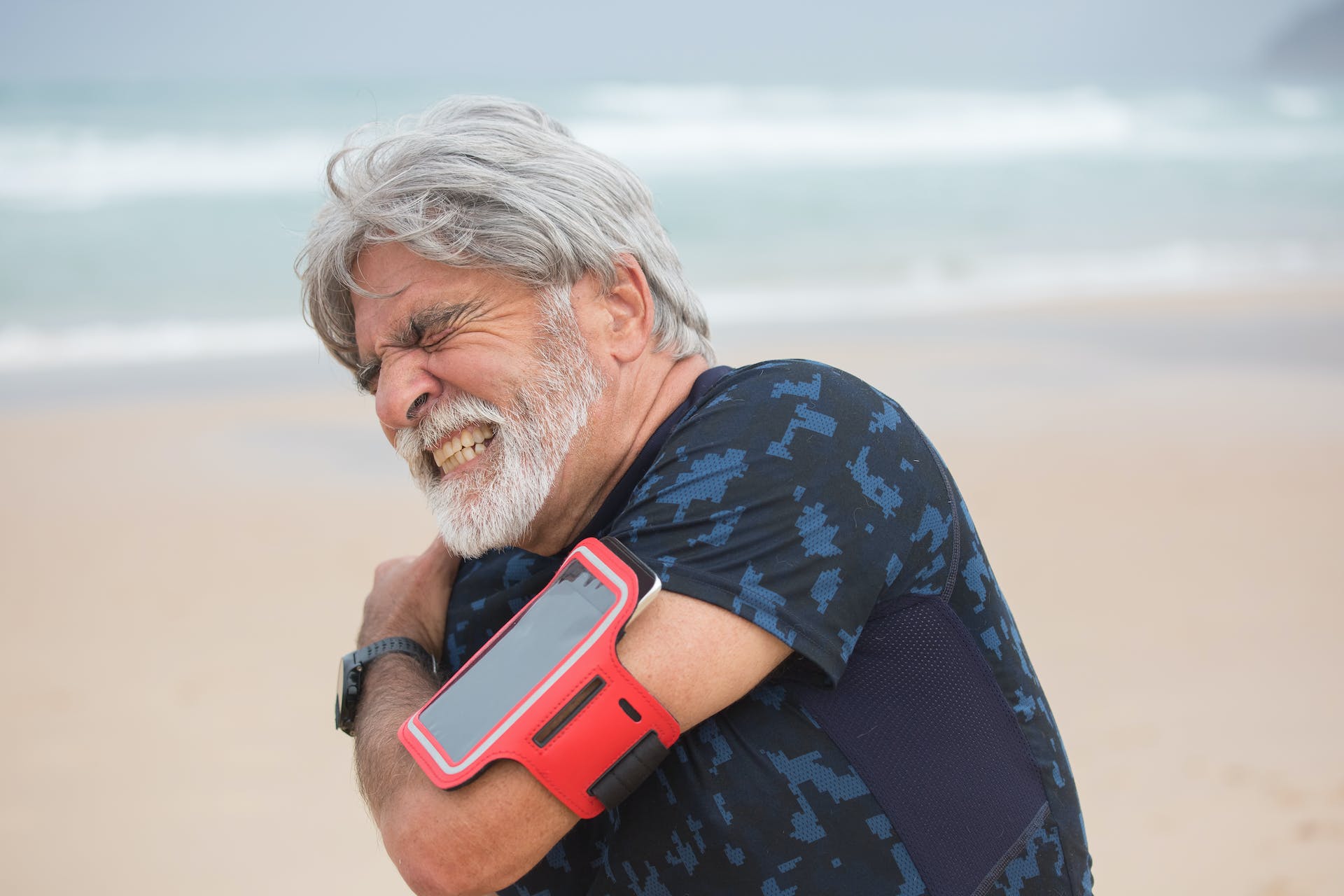Diabetics with uncontrolled high blood sugar suffer from a host of debilitating symptoms. Nerve pain, swelling and stiffness in their joints, and varicose veins caused by poor blood circulation bring extreme discomfort to their daily lives. They can occur as an indirect result of the damage that a high glucose count wreaks on blood vessels[1].
Even worse, their hyperglycemia causes weakness in their immune system, which makes healing from ulcers, wounds, and infections labored and exhausting. In some cases, wounds don’t heal at all and the diabetes patient is forced to undergo an amputation procedure.
Aside from taking the right amount of insulin to counteract high blood pressure, there are precious few treatments available that help diabetics manage their symptoms without causing detrimental side effects.
That’s why we made D’OXYVA: to significantly improve diabetes symptoms by targeting their underlying causes with gentle, ultra-purified, super-saturated transdermal CO2.
How D’OXYVA Works to Target The Underlying Cause of Diabetes
D’OXYVA is a transdermal applicator that transfers super-saturated and ultra-purified CO2, or carbon dioxide, to the human skin that has profound beneficial effects throughout the entire body. It does not use pricks or injections; the application takes place entirely at the surface of the skin without pain.
D’OXYVA helps with a wide variety of painful conditions, including many of the symptoms that diabetics experience on a daily basis. Its non-invasive design and zero side effects (during extensive testing) make it easy and comfortable to use, bringing you relief as opposed to further pain.
1. Stiffness
Stiffness is typically a result of poor blood circulation throughout the body. It is commonly experienced in the limbs and joints, reducing flexibility and making it hard to perform even simple daily tasks, such as picking up objects or a child, typing on a computer or phone, or walking.
CO2 works as a natural vasodilator, opening up blood vessels and allowing them to flow freely throughout the body.[2] The increased flow of blood leads to an increased flow of oxygen, which revitalizes limbs and improves stiffness.
2. Swelling
As a result of the CO2 dilating blood vessels and improving their circulation throughout the body, swelling in the extremities caused by poor blood flow goes down. This small action can significantly reduce pain and improve mobility.
3. Varicose Veins
Varicose veins are not directly caused by diabetes, but diabetics are at a higher risk of developing them.[3] As we mentioned earlier, high amounts of glucose in the body can damage or break the lining of your blood vessels. This in turn causes circulation problems. Sometimes, a vein will become damaged and gnarled in shape. The deformed shape causes it to overfill with blood.
Varicose veins are a painful, although usually not life-threatening condition. Typically, they are treated with compression garments which help straighten out the vein. Surgery is another treatment option, but it’s expensive and doesn’t address the root cause. Veins could become varicose again after surgery, causing an endless cycle of pricey procedures to fix what is merely a surface problem.
D’OXYVA targets the underlying cause of varicose veins, which is poor blood flow and cellular oxygen-related deficiency. Chronic venous insufficiency (CVI) is a major concern for millions of people around the world. When applied properly using the D’OXYVA transdermal applicator, the several mechanisms of actions influenced by this type of CO2 infusion significantly improves blood circulation and leads to the healing of varicose veins, as well as prevention, according to years of clinical studies at prestigious research institutions.
4. Foot Ulcers
The high blood sugar that causes diabetes can also cause nerve damage. Damaged nerves feel painful, like pins and needles stuck in the body. Poor blood circulation can also cause nerves in the bodily extremities (such as hands and feet) to stop processing any type of feeling.
For these reasons, diabetics are more likely to develop foot ulcers.[4] As a result of the nerves in their feet not functioning properly, they do not feel the sores developing there. Improper blood flow and the high amounts of glucose in the body lead to slower healing times and greater risk of infection for those ulcers.
By improving blood circulation to the feet and certain nerve activities, the effects caused by D’OXYVA’s patented CO2 solution can help prevent the development of foot ulcers and greatly facilitate the healing process for existing ones.
5. Wounds
Wounds, including ulcers, cuts, and lesions, heal more slowly in diabetics. This is due to damaged blood vessels, a decreased flow of nutrients flowing to the wound, and decreased immunity increasing the risk of infection.[5]
D’OXYVA helps counteract poor blood flow caused by broken vessels by dilating them and allowing blood to move more freely to wounded and inflamed parts of the body. The oxygen and other nutrients the blood carries with it to the wound help heal it faster.
How Can Diabetics Get D’OXYVA?
D’OXYVA is nearly at the finish line for becoming a common-place treatment for symptoms associated with diabetes. It is in the final stage of receiving an emergency-use authorization, or a fast-track update to the existing FDA approval. You can subscribe to our emails and follow our social media accounts to stay updated on our progress, as well as become eligible for store discounts and gift cards.
In the meantime, you can feel safe purchasing D’OXYVA directly from our online store. We’re confident in our product’s ability to relieve your diabetic symptoms, and any other physical suffering you’re experiencing as a result of poor blood circulation. It’s shown zero side effects after rigorous clinical research and testing.
Try our non-invasive, transdermal, affordable advanced health products today and let us know how it transforms your life.
[1] “The Cold Truth About Poor Circulation Leading to Diabetes.” Amputation Prevention Center. Last modified September 24, 2018. https://www.apcofamerica.com/low-blood-flow-poor-circulation-diabetes/.
[2] “The Local Effect of Carbon Dioxide on Human Blood Vessels.” ScienceDirect.com | Science, Health and Medical Journals, Full Text Articles and Books. Accessed December 15, 2021. https://www.sciencedirect.com/science/article/abs/pii/0002870360901228.
[3] Gabbey, Amber E. “Varicose Veins: Causes, Symptoms, and Diagnosis.” Healthline. Accessed December 15, 2021. https://www.healthline.com/health/varicose-veins.
[4] The Healthline Editorial Team. “Diabetic Foot Ulcers.” Healthline. Accessed December 15, 2021. https://www.healthline.com/health/diabetic-foot-pain-and-ulcers-causes-treatments.
[5] Dening, Jedha. “Diabetes and Wound Healing: Why Is It Slower?” Healthline. Accessed December 15, 2021. https://www.healthline.com/health/diabetes/diabetes-and-wound-healing#what-leads-to-slow-healing.







